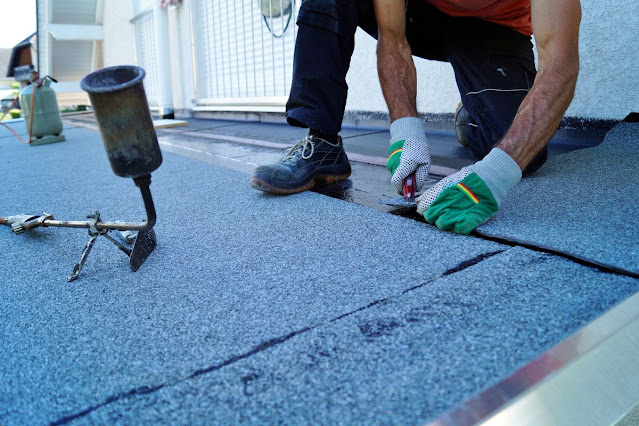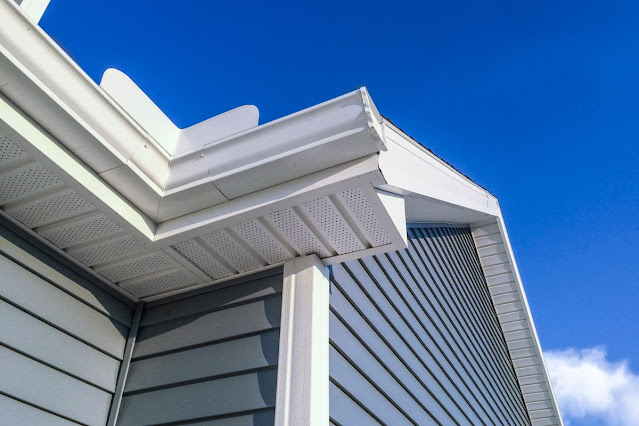The Ultimate Guide to Snow Rakes: A Must-Have Tool for Winter Roof Maintenance
Winter brings picturesque snowy landscapes, but for homeowners, it also presents a range of challenges—especially when it comes to roof maintenance. One of the most critical tools you can have in your winter arsenal is a snow rake. In this guide, we’ll dive into the essentials of snow rakes, why they are important, how to use them effectively, and tips for choosing the right one for your needs.
What is a Snow Rake?
A snow rake is a specialized tool designed to remove snow from roofs, preventing the accumulation of heavy snow and ice that can lead to structural damage. It typically consists of a long telescoping handle and a wide, flat blade or a set of rollers at the end. This design allows you to pull snow off the roof while standing safely on the ground.
Snow rakes are essential for homes in regions that experience heavy snowfall. Without regular snow removal, the weight of the snow can cause serious damage to the roof, including leaks, ice dams, and in severe cases, roof collapse.
Why You Need a Snow Rake for Winter Roof Maintenance
1. Prevent Ice Dams
Ice dams form when heat from your home causes the snow on your roof to melt, which then refreezes at the eaves, creating a barrier that prevents additional snowmelt from draining off the roof. This can lead to water seeping under the shingles and into your home, causing significant damage. By using a snow rake to remove snow before it has a chance to melt and refreeze, you can significantly reduce the risk of ice dams.
2. Reduce Roof Load
Snow is deceptively heavy, especially when it becomes wet and dense. The additional weight on your roof can stress the structure, leading to damage or, in extreme cases, collapse. A snow rake allows you to manage the snow load by regularly clearing the roof, particularly after heavy snowfalls.
3. Extend the Life of Your Roof
Consistent snow removal can help extend the life of your roof by reducing the wear and tear caused by heavy snow and ice. This preventative measure can save you money in the long run by avoiding costly repairs or premature roof replacement.
4. Improve Energy Efficiency
Snow accumulation on your roof can insulate your home, causing heat to build up and potentially melt the snow, which then refreezes as ice dams. This process not only risks damage but also reduces your home’s energy efficiency by forcing your heating system to work harder. By clearing snow with a rake, you help maintain proper insulation and energy efficiency.
Also read: Top 5 Brands of Ice and Water Shield: A Comprehensive Review
How to Use a Snow Rake Effectively
Using a snow rake is relatively simple, but there are some best practices to follow to ensure safety and effectiveness:
1. Start Early
Begin using your snow rake after the first substantial snowfall of the season. It’s easier to manage snow accumulation by removing smaller amounts regularly rather than waiting until a large, heavy layer has formed.
2. Rake from the Edge Up
Always start at the edge of the roof and work your way up. This prevents the snow from piling up at the eaves, which could exacerbate ice dam formation.
3. Don’t Overreach
When using a snow rake, safety is paramount. Avoid overextending yourself to reach higher sections of the roof. Instead, use a snow rake with a telescoping handle that can be adjusted to reach different heights safely. Overreaching can cause you to lose balance and potentially slip on icy ground.
4. Clear Snow in Small Sections
Remove snow in manageable sections rather than trying to clear large swaths at once. This reduces the risk of overexertion and makes the process safer.
5. Monitor the Weather
Be mindful of weather conditions before and during snow removal. Avoid using a snow rake in high winds or during heavy snowfall, as this can increase the risk of accidents.
Choosing the Right Snow Rake for Your Needs
When selecting a snow rake, consider the following factors to ensure you choose the right tool for your home:
1. Handle Length and Material
Snow rakes typically feature telescoping handles that allow you to adjust the length. Ensure the rake you choose has a handle long enough to reach the highest points of your roof without forcing you to overreach. Additionally, look for handles made from lightweight, durable materials like aluminum or fiberglass, which are easier to maneuver and less likely to cause fatigue.
2. Blade Design
The blade or head of the snow rake comes in various designs, including flat blades, rollers, and wheels. Flat blades are effective for removing large amounts of snow quickly, while rakes with rollers or wheels help protect the roof’s surface from damage. Consider the type of roof you have and the typical snowfall in your area when choosing the blade design.
3. Weight and Portability
A lightweight snow rake is easier to use, especially for prolonged periods. However, ensure that the rake is sturdy enough to handle the weight of the snow. Many modern snow rakes are designed with portability in mind, allowing for easy storage when not in use.
4. Price and Warranty
Snow rakes are available at a range of price points, from budget-friendly models to more expensive options with advanced features. Consider your budget and the warranty offered by the manufacturer, as this can provide added peace of mind regarding the rake’s durability.
Additional Tips for Winter Roof Maintenance
In addition to using a snow rake, consider the following tips to keep your roof in top condition throughout the winter:
Inspect Your Roof Before Winter: Before the snow starts falling, inspect your roof for any damage or weak spots that could be exacerbated by the winter weather.
Ensure Proper Attic Ventilation: Good attic ventilation helps prevent heat from building up and melting the snow on your roof, reducing the risk of ice dams.
Consider Professional Help: If you’re uncomfortable using a snow rake or have a particularly large or steep roof, consider hiring a professional to handle snow removal.
Conclusion
A snow rake is an indispensable tool for maintaining your roof during the winter months. By understanding how to use it effectively and choosing the right one for your needs, you can protect your home from the dangers of heavy snow accumulation, ice dams, and other winter-related roof damage. Regular use of a snow rake, combined with other winter maintenance practices, will help keep your roof in great shape, ensuring it can withstand the harshest winter conditions.

.jpg)


Comments
Post a Comment